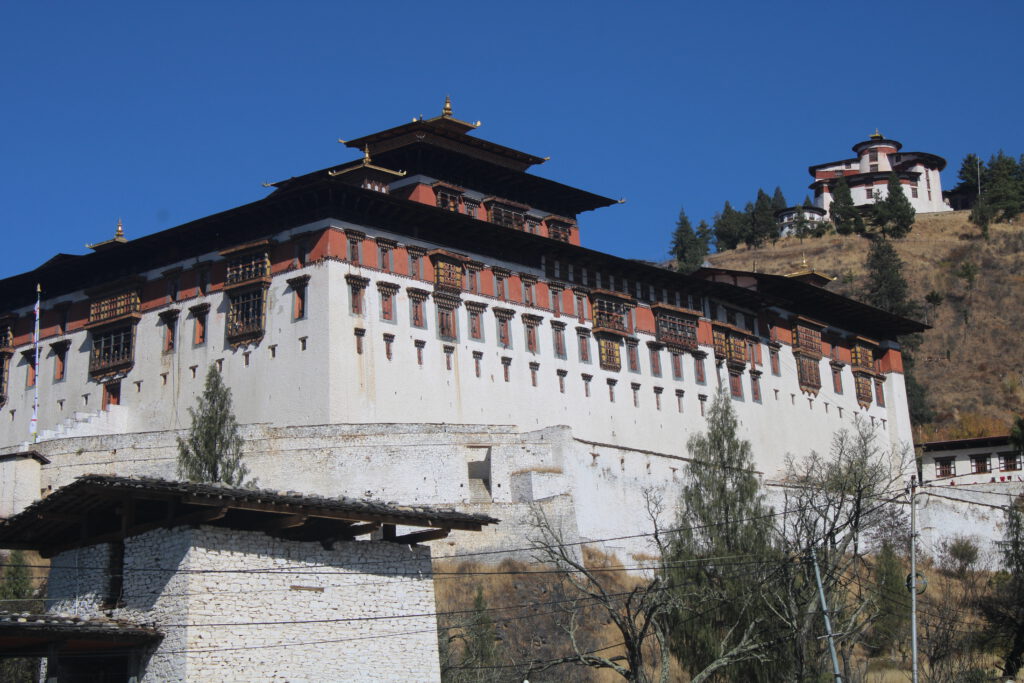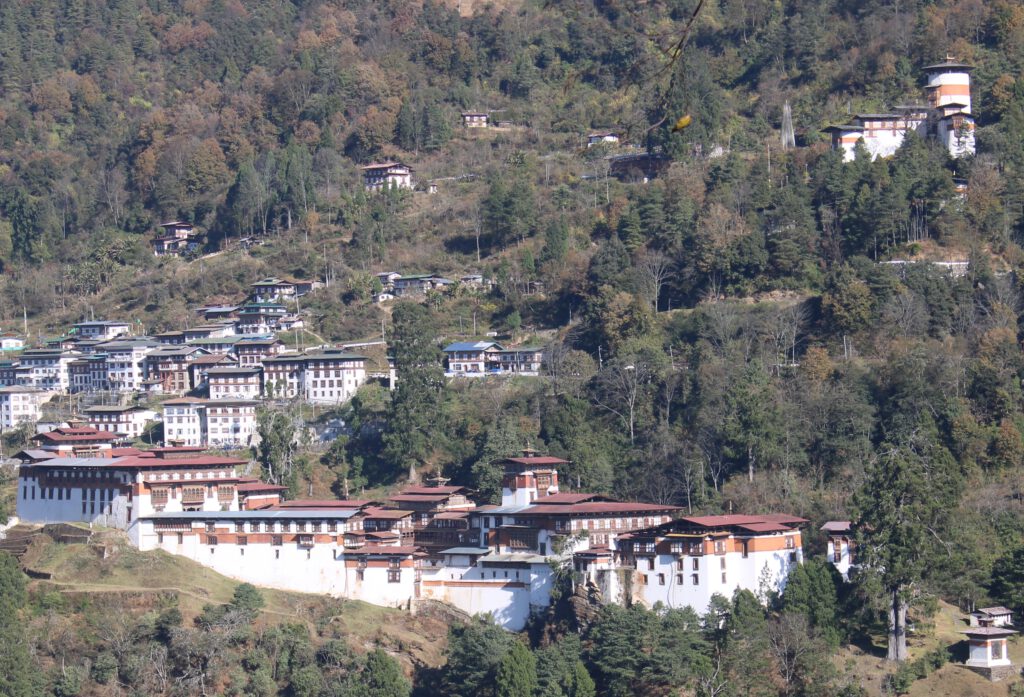PARO

Welcome to Paro
Paro District encompasses a district, valley, river, and town in Bhutan, standing out as one of the nation’s most historically significant valleys. The pass at the head of the valley served as a route for both trade goods and invading Tibetans, fostering the closest cultural connection with Tibet among all Bhutanese districts.
THIMPHU

Welcome to Thimphu
Thimphu District is one of the dzongkhags in Bhutan and serves as the capital of the country. It is also the largest city within the entire kingdom.
PUNAKHA

Welcome to Punakha
Punakha Dzongkhag is positioned in western Bhutan, sharing borders with Gasa to the north, Thimphu to the west, and Wangduephodrang to the east and south. Spanning an altitude range of 1100-2500 meters above sea level, the Dzongkhag is characterized by its diverse topography. Until 1955, Punakha functioned as the winter capital of Bhutan. Today, it serves as the winter residence for the Central Monastic Body, reflecting its continued importance in the country’s cultural and administrative landscape.
WANGDUE

Welcome to Wangdue Phodrang
Wangdue Phodrang District, situated in western Bhutan, is the largest dzongkhag in the country in terms of area. It shares its borders with Dagana and Tsirang dzongkhags to the south, Tongsa dzongkhag to the east, Thimphu and Punakha dzongkhags to the west, and Gasa dzongkhag to the north.
TRONGSA

Welcome to Trongsa
Trongsa District stands as one of Bhutan’s districts, occupying a central position within the country. The geographic center of Bhutan is situated at Trongsa Dzong. Historically, Trongsa holds significant importance as one of the most crucial Dzongkhags. Trongsa Dzong served as the headquarters for the eastern region and was the seat of the Trongsa Penlop. Presently, the formal investiture of the Crown Prince of Bhutan as the Trongsa Penlop continues to be observed within this majestic Dzong.
BUMTHANG

Welcome to Bumthang
Bumthang District is among the 20 dzongkhags that make up Bhutan. It stands out as the most historically rich dzongkhag, boasting numerous ancient temples and sacred sites. Comprising the four mountain valleys of Ura, Chumey, Tang, and Choekhor.


